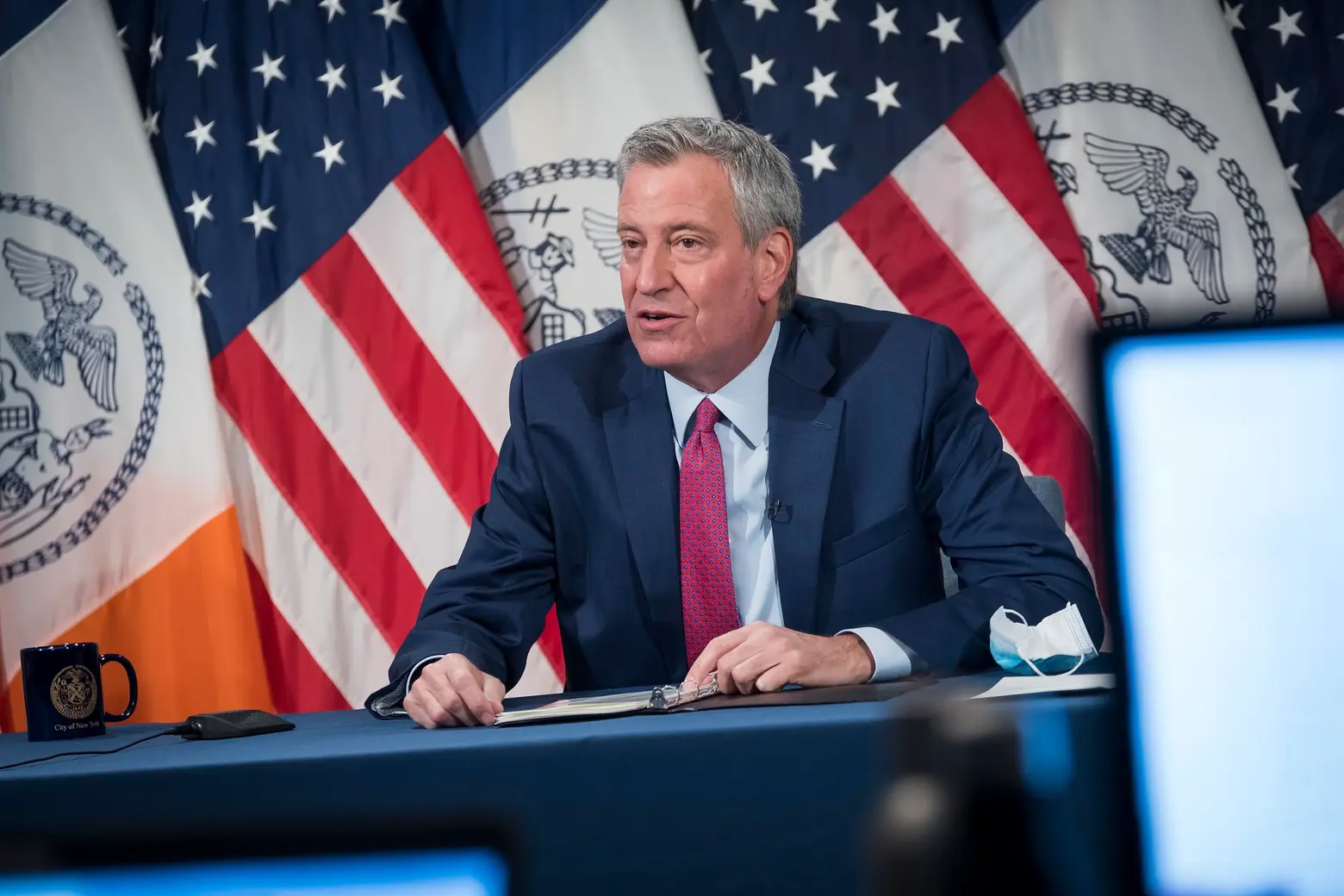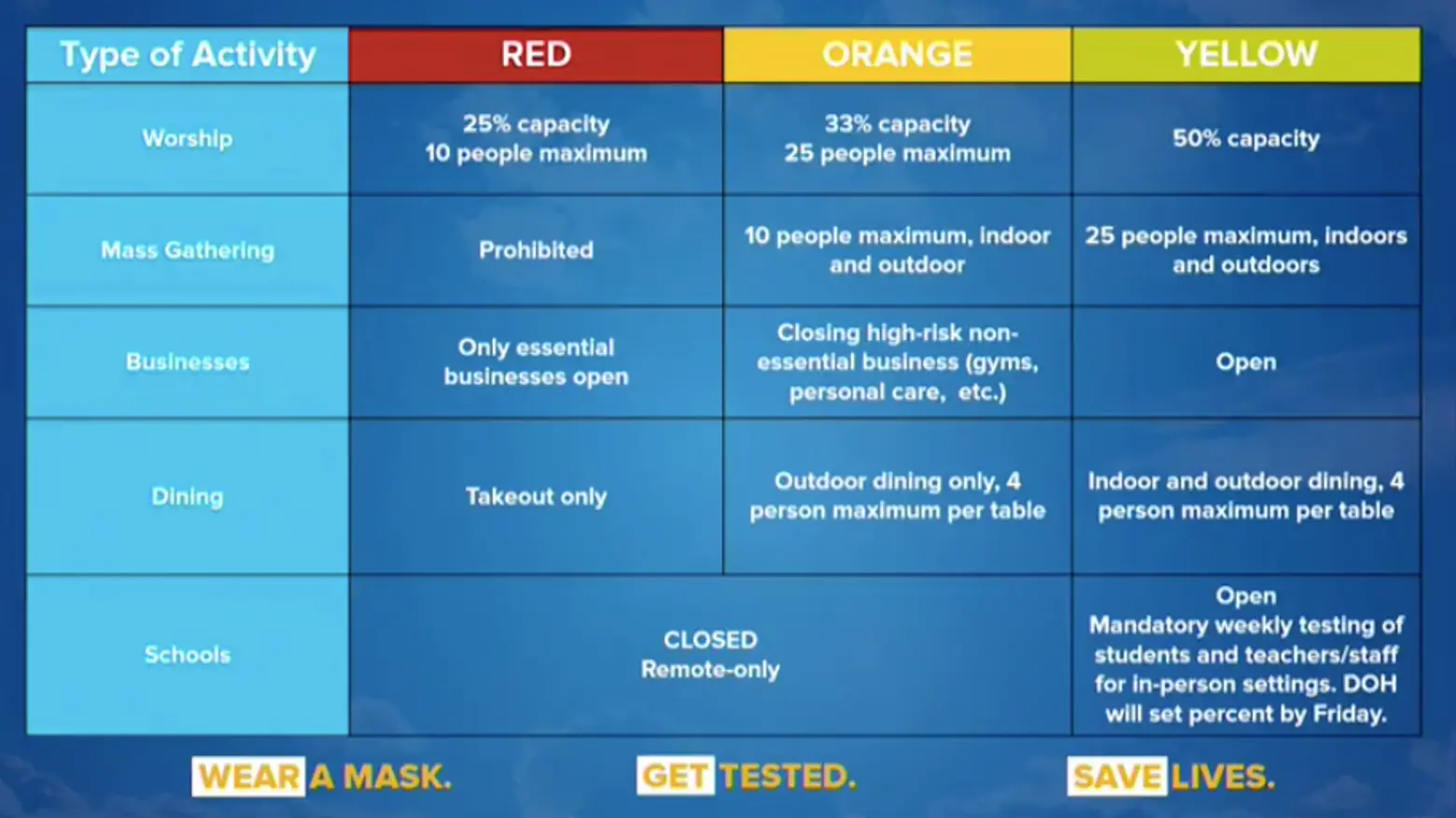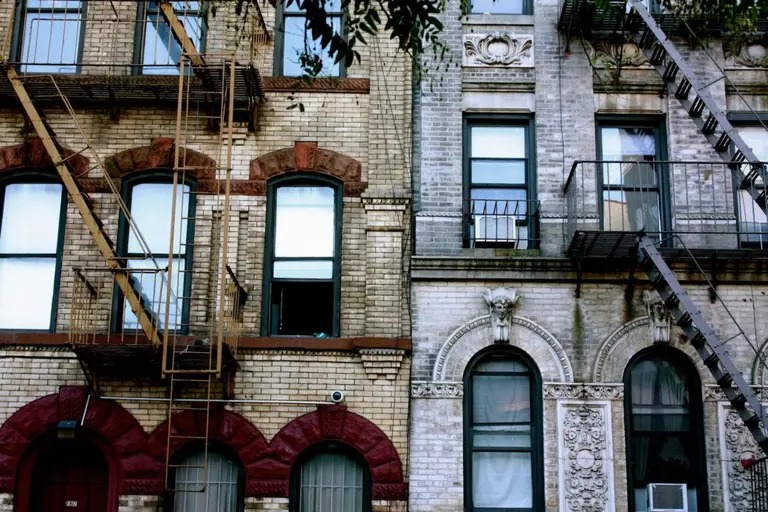Can NYC stave off a second COVID wave? Positivity rate nears 3%

Credit: Ed Reed/Mayoral Photography Office.
Credit: Ed Reed/Mayoral Photography Office.
For the sixth straight day, New York City’s COVID positivity rate has been above 2 percent, today hitting 2.88 percent. Though this is lower than surrounding states (New Jersey has recently hit 8 percent), Mayor de Blasio’s education plan has set a threshold of 3 percent for keeping schools open. And according to the city’s data, the number of new daily infections has nearly doubled since August from roughly 300 to a whopping 976 last Wednesday. Yesterday, Mayor de Blasio said the city was “getting dangerously close” to a second wave, setting off an alarm among New Yorkers, and today he said, “this is our last chance to stop [it].”
What’s especially troubling is the fact that contract-tracers have no way to attribute the source of infection for the majority of the city’s new cases, according to Dr. Dave Chokshi, Commissioner of the New York City Department of Health and Mental Hygiene. About 5 percent are attributed to gatherings, 5 percent to congregate settings such as nursing homes, and 10 percent to travel (Dr. Chokshi notes that these percentages could in fact be higher depending on reporting), but the rest are unknown, signaling wider community spread.
Throughout the city, reports are surfacing of increasingly long waits at testing centers. CBS reporter Kiran Dhillon shared a video via Twitter this morning that shows a three-hour wait at an Upper West Side City MD location.
NYC Councilmember Mark Levine, who’s also the Chair of the Health Committee, Tweeted yesterday that the Department of Health, for the first time, is posting real-time data on COVID positivity rates by zip code. Mayor de Blasio said that the city decided to release the zip code data because it gives people in these areas an early warning sign to go out and get tested. As of today, 25 zip codes have a seven-day positivity rate above 3 percent. Tottenville on Staten Island (10307) is 6.57 percent. In Queens, Richmond Hill (11418) is 4.43 percent, and in the Bronx, Highbridge/Concourse (10452) is 4.08 percent.
Levine has also Tweeted more than once that the city is not fighting off a second wave but is IN a second wave. In an interview with Gothamist, he made note of the fact that these current spikes are happening even before colder temperatures have set in, “which means the greatest risk is still ahead.”
When asked by a reporter today about putting in restrictions related to indoor dining and non-essential businesses, the Mayor said it’s still possible to fight back the second wave and keep life in the city going as it is now until the vaccine arrives (he has previously said that indoor dining would be reevaluated if the city hit a 2 percent positivity rate). But he did say that “it’s getting tighter and tighter,” imploring New Yorkers to be vigilant with their mask-wearing and particularly careful indoors.
De Blasio explained that the seven-day rolling average, which as of today is at 2.31 percent, would ultimately be the determining factor in any new restrictions. If that number goes above 3 percent, schools will go all-remote for a period of time. The mayor did say that the state would have the final say in any restrictions, but if the positivity rate continued to climb past 3 percent, he said he believes “there will be real concerns about whether we can continue to have businesses open on the same scale they’re open now.”
 Courtesy of Gov. Andrew Cuomo’s Office
Courtesy of Gov. Andrew Cuomo’s Office
If the state does intervene, it will more than likely be a continuation of the current cluster-zone strategy, which analyzes COVID data on a block-by-block level, rather than by zip code, to determine if an area should become a red, orange, or yellow zone, each of which has varying restrictions. “These are geographically circumscribed, relatively small but that’s why they’re clusters. The trick is to keep it small. Keep the infection from spreading,” Governor Cuomo said in early October when his office first released the strategy.
Last week, Brooklyn’s red zone was decreased in size by 50 percent; yesterday this smaller area was downgraded to an orange zone. Also last week, Queens’ Far Rockaway cluster ended, while the Kew Gardens cluster remains unchanged. In less positive news, yesterday the state designated new yellow zones in Erie County, Monroe County, and Onondaga County.
“The long-term prognosis is get a vaccine as quickly as possible, and administer the vaccine as quickly, fairly and equitably as possible. In the meantime, we manage the increase by doing more testing and targeted restrictions where necessary, and being more aggressive on enforcement. I know people are tired – COVID fatigue is real. But the virus isn’t tired. The red, orange and yellow zones are our way of saying the virus is making headway and we’re going to increase restrictions and we’re going to increase enforcement,” said the governor yesterday.
RELATED:


























